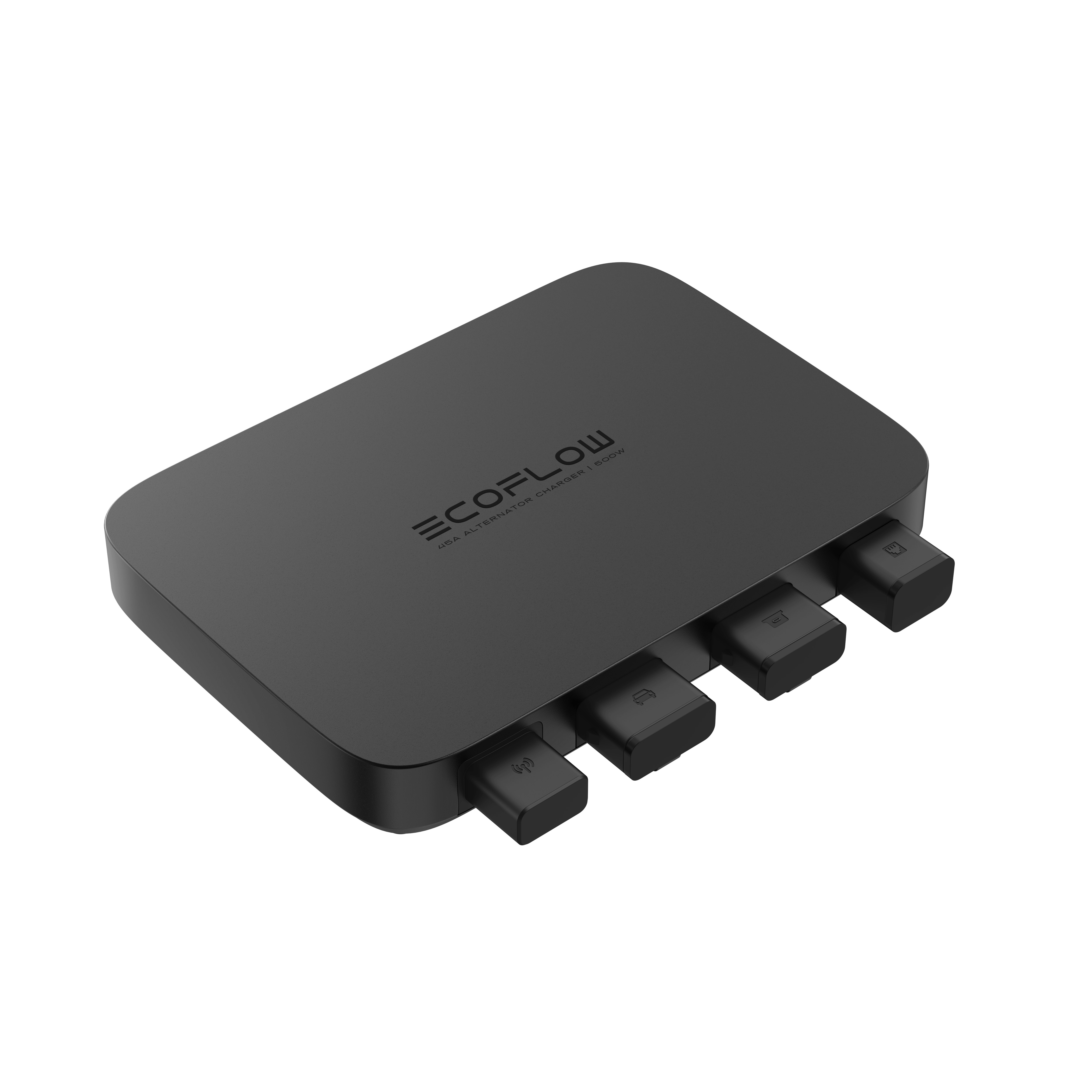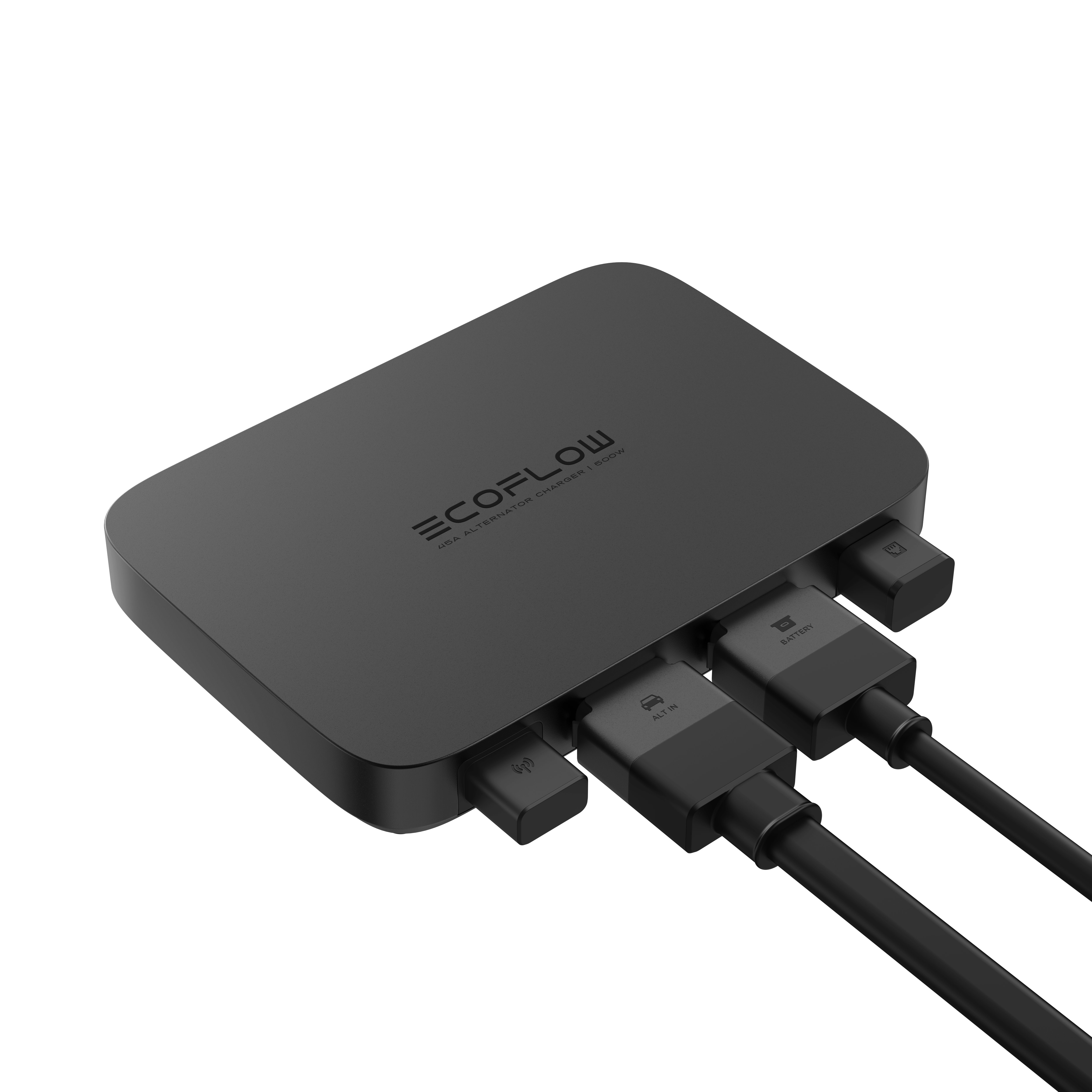Car Charging Safety: How to Avoid Damaging Your Phone's Battery and Your Car's Electronics
Plugging in your phone is likely the first thing you do after starting your car. It has become a reflex, an essential part of the daily commute that feels as natural and safe as using a wall outlet at home. This convenience, however, masks potential issues. While generally reliable, improper car charging can introduce real risks to your phone's long-term battery health and your vehicle's sensitive electrical system. Recognizing these risks and adopting a few best practices allows you to power your devices safely and effectively, preventing costly damage down the road.
The Risks to Your Phone: Heat and Unstable Power
The danger of charging your phone in a vehicle isn't "overcharging," which is prevented by modern equipment. The real dangers are sneakier: heat and dirty power from poor-quality accessories. Both of these can silently damage your phone's battery and internal parts over time.
Primary Culprit #1: Excessive Heat
Heat is a sworn enemy of your phone's lithium-ion battery. Charging the battery produces heat, and the hot interior of the car compounds the problem exponentially. The resulting buildup of heat speeds up battery degradation, decreasing its capacity to hold a full charge over time. As a precaution to prevent damage, your phone's software will throttle back charging when it becomes too hot, nullifying the whole point of quick car charging. This is why you should never charge a phone in direct sunlight or next to a hot air vent.
Primary Culprit #2: "Dirty Power" from Low-Quality Chargers
The function of a car charger is to provide the DC to DC charge conversion between your phone's USB port and your car's 12V receptacle. But low-cost, untested adapters fail the test, providing "dirty power"—an unpredictable electrical current with unstable voltage. This forces your phone's charging internal circuits to labor much harder to control the unstable energy flow. The excess work generates excess heat and stress on sensitive components, resulting in early wear and eventual failure. It is worth investing in a good adapter to prevent such degradation.
The Risks to Your Car: Drained Batteries and Electrical Gremlins
Bad charging habits can damage more than your phone; they can also cause issues in your vehicle, from the nuisance of a dead battery to other electrical issues.
The Most Common Problem: Draining the Car Battery
Charging any device with the engine off pulls power from your car battery directly. Most common issue is with some cars having "always on" 12V sockets, which continue to supply power even after the car is switched off. Charging a device in one such socket overnight can completely drain your battery, and your car won't start.
The Threat of Electrical Damage: Blown Fuses and More
A poor-quality charger can lead to direct electrical damage. More often than not, a dodgy charger will draw excessive power and blow the fuse related to that socket, which is a safety feature to safeguard your car's wiring. Further than that, low-cost chargers can produce electrical interference that affects your radio signal and, if the plug is a loose fit, can physically damage the internal connectors of the socket, which may need a repair.


The Safety Checklist: Best Practices for Smart Car Charging
Protecting your phone and car is straightforward. It hinges on using the right equipment and cultivating a few simple habits.
Rule #1: Invest in Quality, Certified Accessories
The single most effective step is to use high-quality, certified chargers and cables. For the adapter that plugs into the 12V socket, look for products with safety certifications like UL (Underwriters Laboratories), CE (Conformité Européenne), or FCC (Federal Communications Commission). These marks indicate the product has undergone independent testing to meet established safety, performance, and interference standards. For most modern phones, a high-quality USB-C adapter is the best choice to support the latest charging standards safely.
The cable is just as important. Always prefer the original cable that came with your phone or a certified third-party alternative. For Apple users, this means selecting a cable that is MFi-Certified ("Made for iPhone"). A damaged, frayed, or kinked cable is not just unreliable; it's a potential fire hazard and should be replaced immediately.
Rule #2: Be Mindful of the Car's Engine Status
The ideal practice is to charge your devices only when the engine is running. When the engine is on, you are using direct alternator power, which is continuously generated and places no strain on the battery itself. This process simultaneously recharges the car battery. Charging from the alternator places no strain on the battery itself. If you absolutely must charge a device with the engine off, do so only for brief periods and be sure to unplug the charger when you are finished. This should be completely avoided if your car battery is old or showing signs of weakness.
A helpful pro-tip is to plug the adapter into the socket first, let it initialize for a second, and then connect the cable to your phone. This sequence can help prevent an initial power surge from reaching your phone when you start the engine.


Rule #3: Control the Temperature
As established, heat is the enemy of your phone's battery. Never leave your phone to charge in direct sunlight on the dashboard or center console. Instead, place it in a shaded, ventilated area like a cupholder, a door pocket, or a storage compartment. Be aware of your car's climate control system and keep the phone away from vents that are blowing hot air. If you pick up your phone and it feels unusually hot to the touch while charging, unplug it immediately and allow it to cool down before resuming.
Rule #4: Unplug When Not in Use
Even when no phone is connected, some car chargers draw a small amount of power, often to light up an indicator LED. This phenomenon, known as "phantom drain," is minimal but can add up over time if the charger is left in an always-on socket. Cultivating the habit of unplugging the adapter from the 12V socket whenever you leave the vehicle is the simplest way to eliminate this risk and ensure you return to a fully charged car battery.
Adopt Safer Charging Habits Now!
The convenience of charging on the go does not have to come with risks. The greatest threats emerge from two sources: inexpensive, uncertified accessories and charging under conditions of extreme heat or without the engine running. A small initial investment in a certified charger and a quality cable from a trusted brand is the most important action you can take to safeguard both your phone and your vehicle.
FAQs About Car Charging Safety
Q1: Can charging my phone actually drain my car's battery?
Yes, in certain circumstances. If you have an "always-on" 12V point in your car and you keep a device on charge overnight, it is feasible to drain a tired or half-flat battery sufficiently to cause the car not to start. For short periods with the engine running, it is fine.
Q2: Is the charger adapter or the cable more important for safety?
They're both important, but they stop something different. A high-quality adapter stops unstable power and electronic damage to your phone. A high-quality, intact cable stops connection loss and is critical to preventing a physical fire risk. To have complete protection, you need to use both.
Q3: Should I use my car's built-in USB port or a 12V adapter?
It's up to you what you prioritize. The USB port built into your car is a safe but extremely slow option. A high-quality 12V adapter will charge much more quickly, but you'll need to make sure it's certified and observe best practices, such as unplugging it when you're not in the car. If you're in a hurry, a good 12V adapter is preferable.
Q4: My phone feels warm when charging in the car. Is that normal?
It's normal for a phone to warm up a little while it's charging, particularly with fast charging. However, if it's hot to touch, unplug it right away. Overheating is an indication that the battery is stressed, which can lead to long-term degradation.
Q5: Is it safe to leave my charger adapter plugged in all the time?
If power to your car socket cuts off with the ignition, that's fine. If the socket is "always on," it's a good practice to unplug the adapter when you're going to be leaving the car. Even without charging a phone, the adapter can draw a very small amount of power that can drain a weak battery over time.